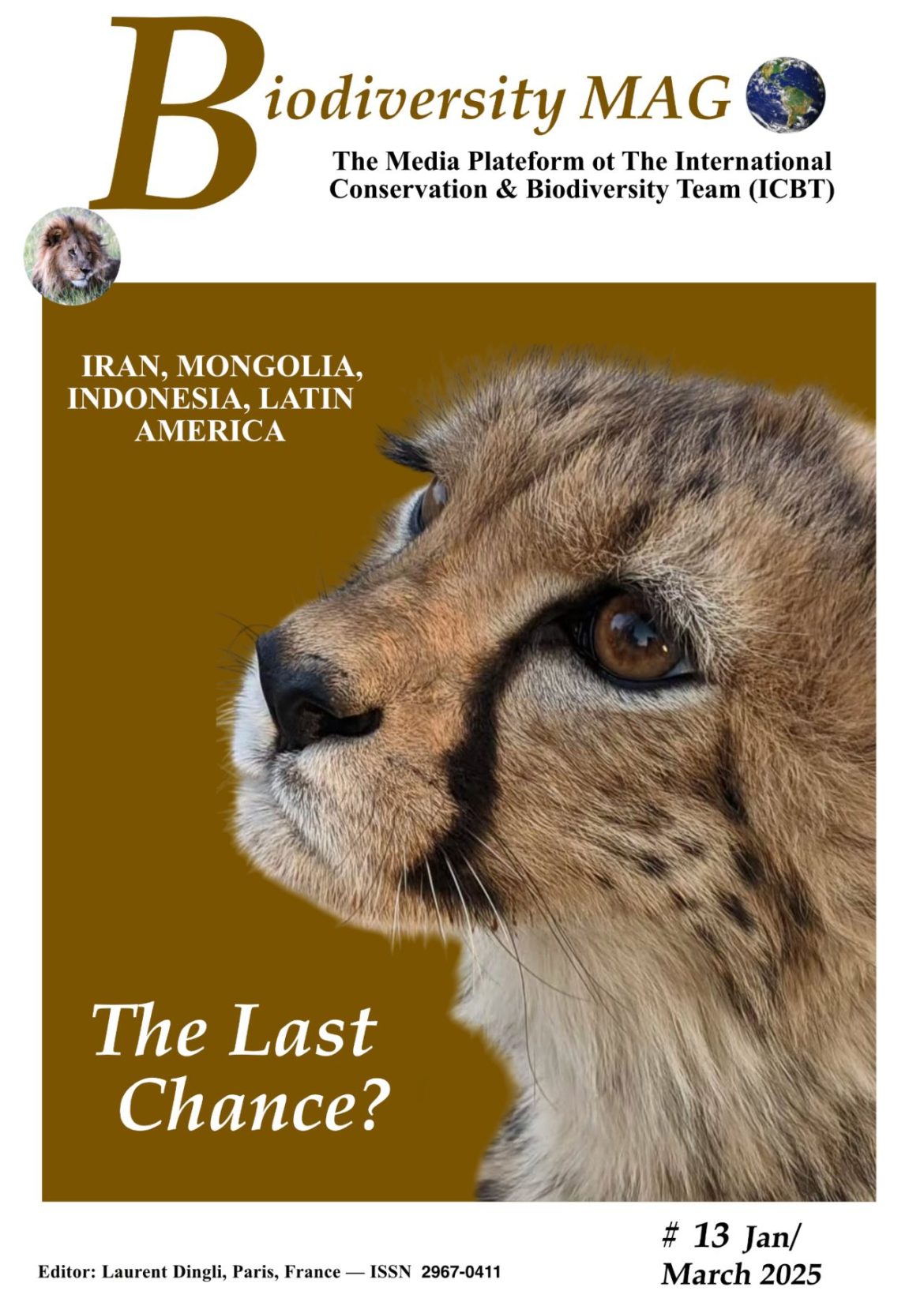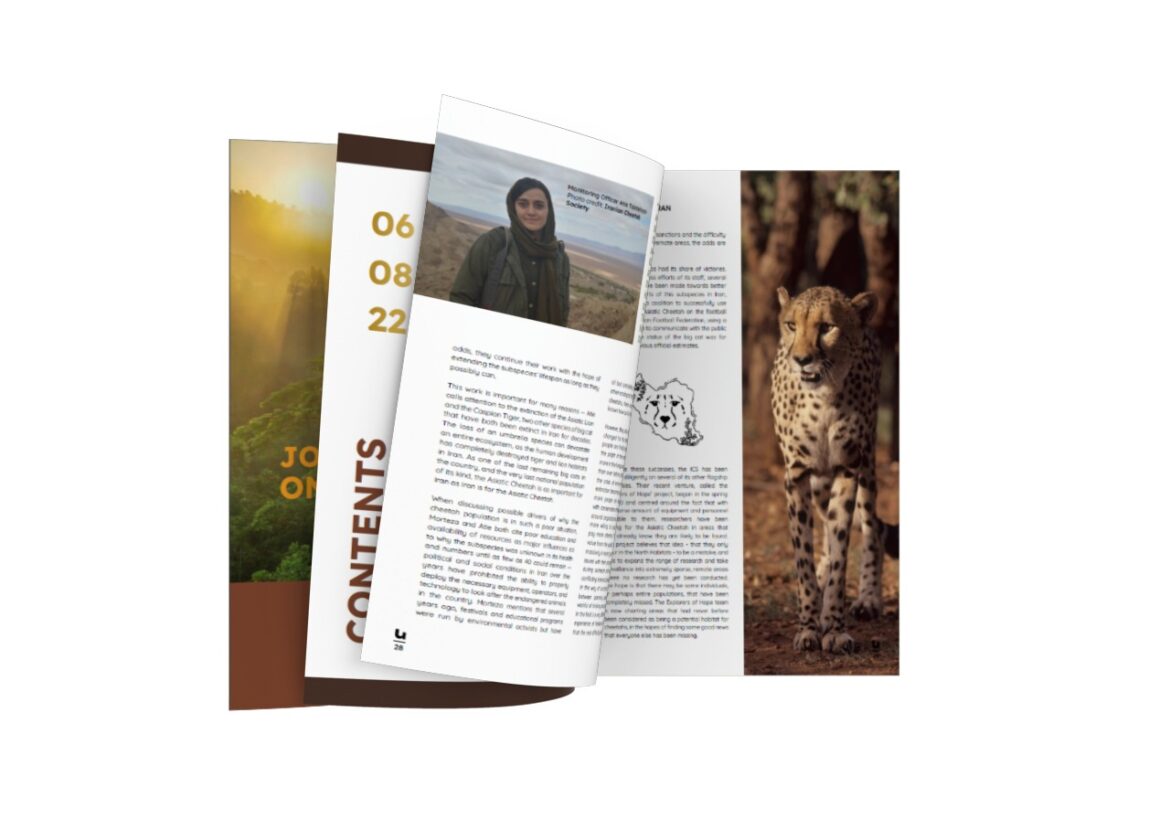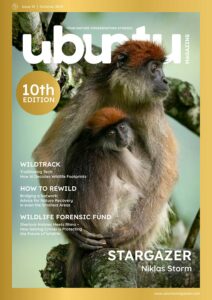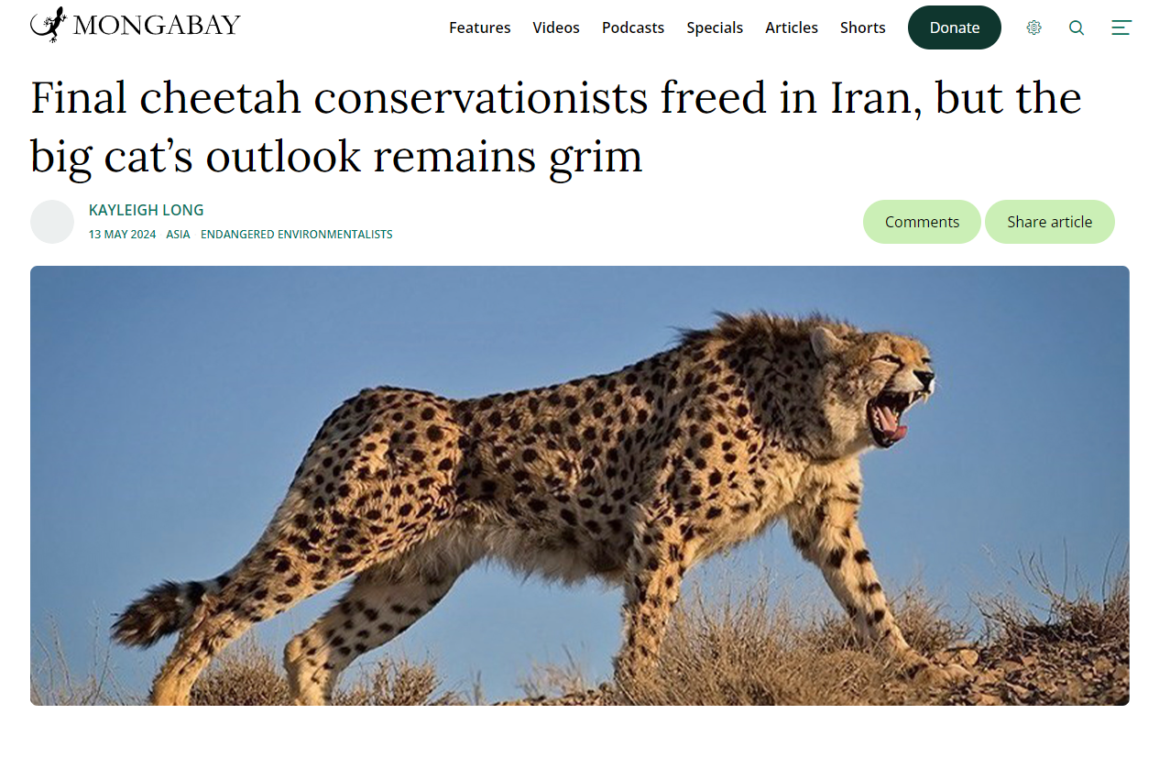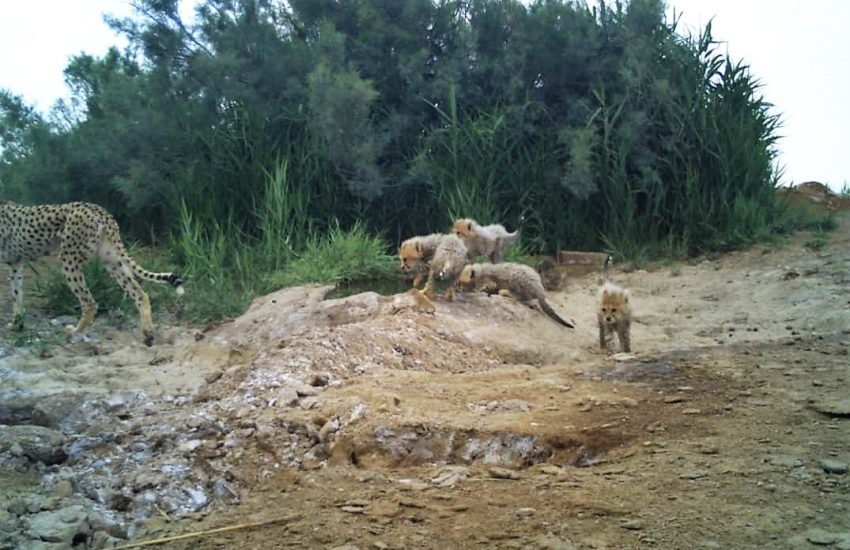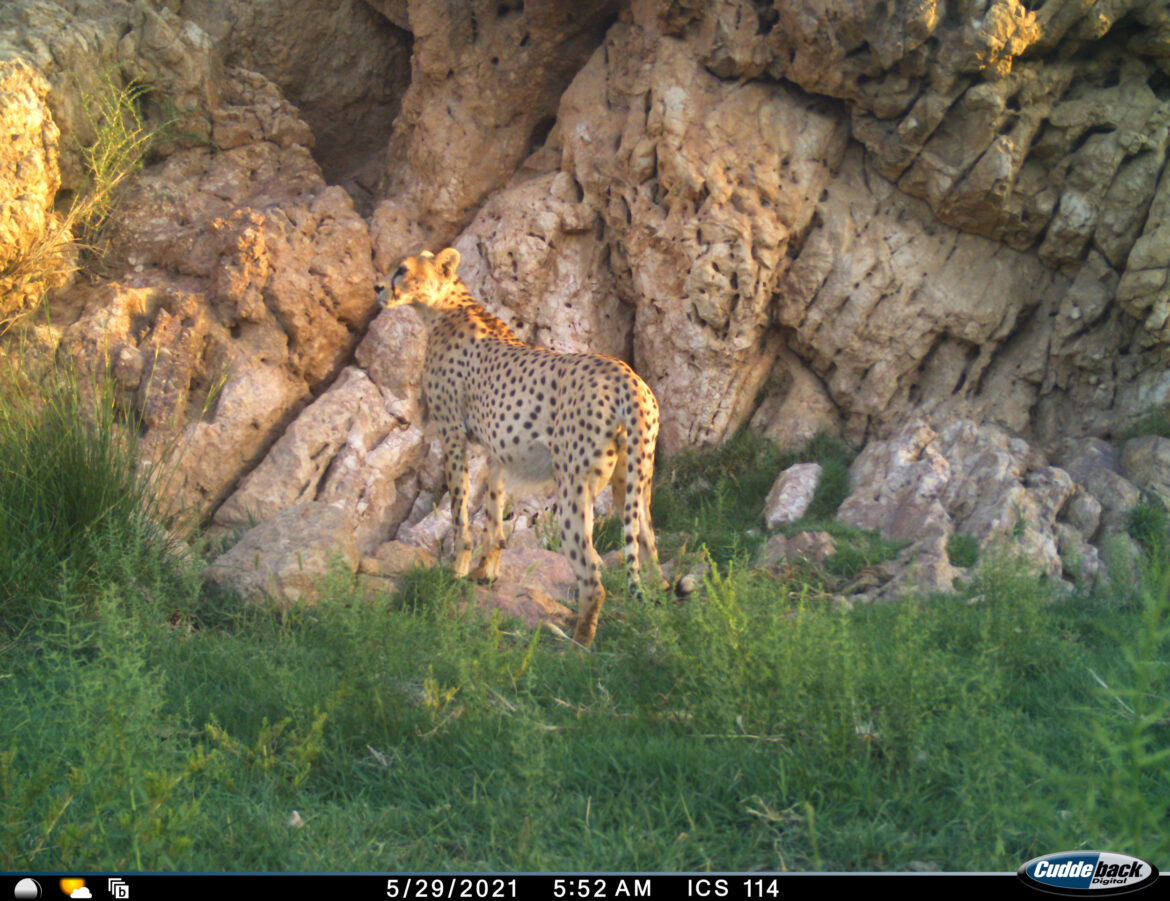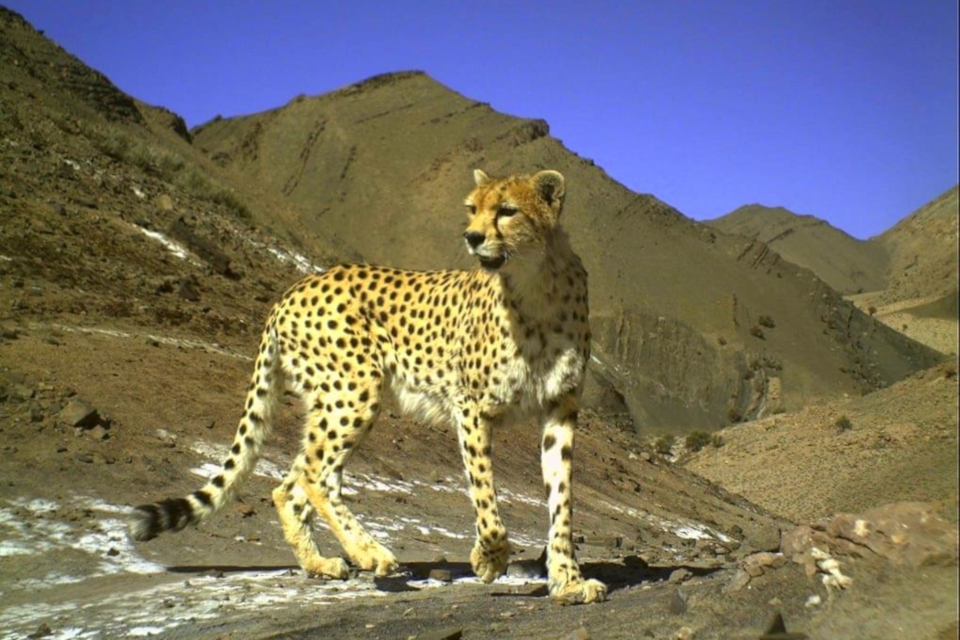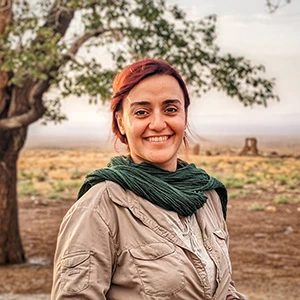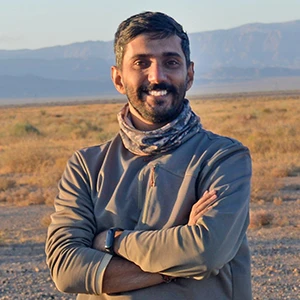I’m honored to be featured in the latest issue of Biodiversity MAG, where I shared an in-depth conversation on the challenges of conserving the Asiatic cheetah in Iran, the urgent threats we face, and the practical steps that could help ensure the species’ survival.
In this interview, I also introduced our new organization, Sarvin Wildlife Conservation, and its mission to protect Iran’s big carnivores, restore degraded habitats, and strengthen community-based conservation efforts.

